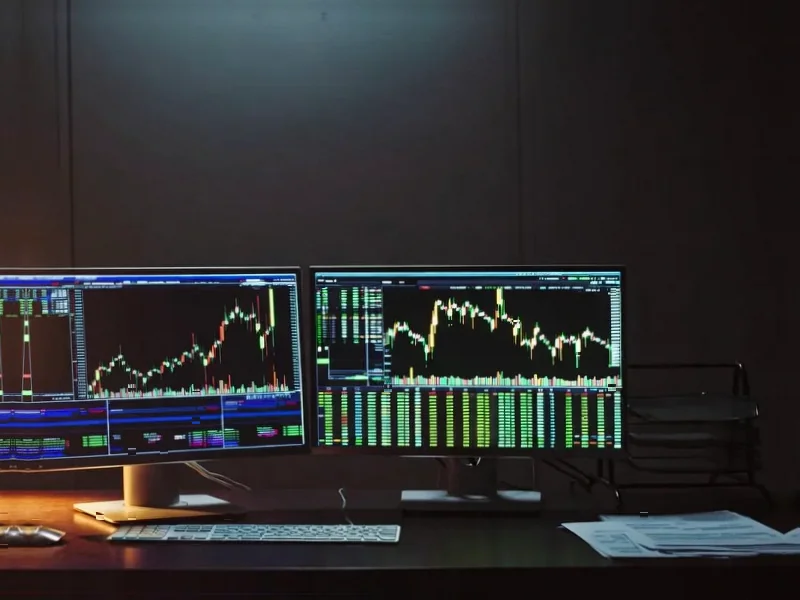According to Bloomberg Business, in April 1998, geologist Sidiki Koné and his Rio Tinto Group team embarked on a six-hour trek through the dense forests of Guinea Highlands from Moribadou village to explore what would become the massive Simandou iron ore deposit. First explored in the 1950s during Guinea’s colonial era, the deposit lies beneath one of the world’s most biologically rich ecosystems and has since been confirmed as one of the planet’s largest iron ore reserves. The initial exploration faced extreme logistical challenges, with Koné questioning how work was possible in such remote, forested terrain. This discovery sets the stage for what could become one of mining’s most ambitious projects.
The Infrastructure Challenge of the Century
The Simandou project represents what might be the most complex mining infrastructure challenge ever attempted. Unlike established mining regions like Australia’s Pilbara or Brazil’s Carajás, Simandou requires building an entire mining ecosystem from scratch in one of West Africa’s most remote and ecologically sensitive regions. The project needs approximately 650 kilometers of railway through mountainous terrain, a new deep-water port on Guinea’s coast, and power infrastructure in a country where only about 30% of the population has electricity access. Previous estimates suggest the infrastructure alone could cost $15-20 billion before the first ton of ore is shipped, making this one of the most capital-intensive mining projects in history.
Potential Iron Ore Market Upheaval
If successfully developed, Simandou could fundamentally alter global iron ore market dynamics currently dominated by Australia and Brazil. The deposit’s estimated 2.4 billion tons of high-grade ore (around 65% iron content) represents nearly a decade of current global seaborne iron ore trade. This scale of new supply entering the market could depress prices significantly, potentially making higher-cost producers uncompetitive. However, the timing couldn’t be more challenging – the global steel industry is simultaneously facing decarbonization pressures and shifting demand patterns as China’s construction boom moderates. Simandou’s success depends on demand projections that may not materialize by the time production begins around 2028-2030.
Guinea’s Political Minefield
The project’s ownership structure reads like a geopolitical thriller, with Chinese consortium SMB-Winning now controlling the northern blocks while Rio Tinto leads the southern development. This arrangement creates inherent tensions between Western and Chinese mining interests in a country that has experienced multiple political transitions and ranks poorly on corruption indices. Guinea’s government has repeatedly renegotiated terms with mining companies, creating uncertainty about fiscal stability. The country’s history of resource nationalism suggests that as development costs are sunk and production nears, political pressure to renegotiate revenue sharing will intensify, potentially jeopardizing the entire economic model.
Biodiversity and Climate Pressures
Simandou sits beneath the Guinea Highlands, recognized as a global biodiversity hotspot with numerous endemic species. The mining and infrastructure development will inevitably cause significant habitat fragmentation and deforestation in a region that serves as a critical watershed for West Africa. Simultaneously, the project faces growing scrutiny from investors and customers concerned about the carbon footprint of both the construction phase and the eventual steel production using its ore. Major steelmakers are increasingly committing to green steel production targets that may conflict with supporting new conventional iron ore projects of this scale.
The Financial Viability Question
At current projected capital expenditures exceeding $20 billion, Simandou requires iron ore prices to remain substantially above historical averages to generate acceptable returns. The last time a project of this scale was attempted – Brazil’s Serra Sul in the 2010s – it contributed to Vale taking nearly $15 billion in impairments when commodity cycles turned. With global interest rates significantly higher than during the last mining investment boom and growing investor skepticism about mega-projects, securing financing represents a monumental challenge. The consortium may find that even with the ore’s exceptional quality, the financial markets have lost their appetite for mining projects requiring decades to recoup investments.




